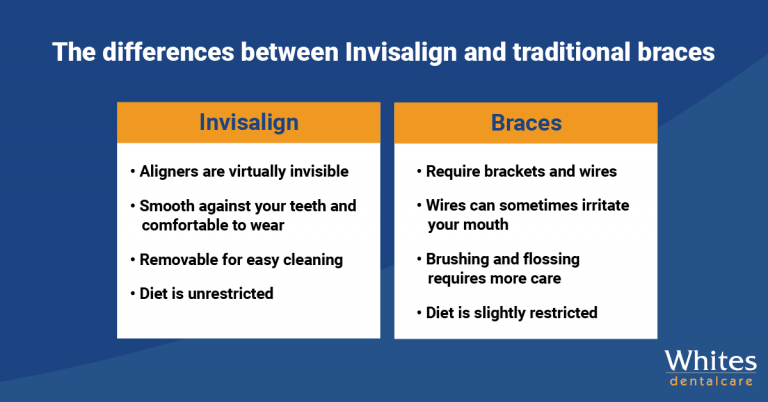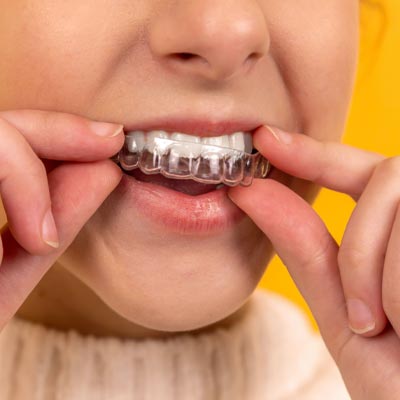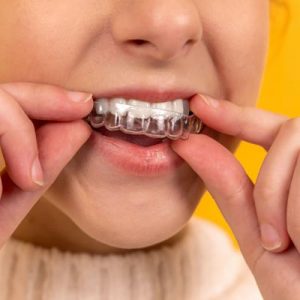Are you one of the 55% of Australians who feel self-conscious about their teeth? You’re not alone. More than half of Australians believe that a good smile can give you confidence. With so many teeth straightening options available, it’s easier than ever before to improve your smile. And one of the most popular options is Invisalign – a modern approach to teeth straightening involving a series of clear aligners. Made from clear medical-grade plastic materials, these aligners are virtually invisible and custom-made to fit your teeth. Since Invisalign is still a relatively new treatment compared to traditional braces, let’s explore some common questions about Invisalign before consulting your dentist.
What does Invisalign treatment involve?
During your initial consultation, your dentist will take impressions of your teeth and send them to Invisalign labs to be scanned. At this point, they can digitally map your desired tooth movement all the way to the final result in an interactive image so you can see the process and expected outcome.
Using your scans, your custom-fit aligners are made and sent to your dentist for pick up. Then, roughly every six weeks, your dentist will want to see you to ensure your teeth are guided into the desired place and to give you your next sets of aligners.
In some cases, your dentist may adhere attachments to your teeth that act like anchors to help your aligners grip. Attachments are made from tooth coloured composite and are usually placed in the middle of a tooth. Whilst they’re not necessary, attachments are often used to enhance the work of your aligners and apply extra force to move teeth as intended.
How long does Invisalign treatment take?
For adults, the average treatment time is around 12 months. But keep in mind, this timeframe may vary depending on the reason for you. Ultimately, the length of your treatment will depend on how many sets of aligners you need. And how committed you are to the process to achieve your desired tooth alignment.
Invisalign vs braces – what’s the difference?
Although some differences between Invisalign and traditional braces may seem obvious such as the physical appearance and design, there are other differences worth considering.

Whilst Invisalign looks to be the more practical choice, your dentist will make a recommendation based on your age and the state of your teeth. Despite the convenience of Invisalign, traditional braces are still a popular choice and sometimes necessary for correcting multiple dental problems.
Is Invisalign right for me?
There are a number of considerations before deciding if Invisalign is the right treatment for you.
- If you’re a coffee drinker or smoker, your Invisalign aligners will start to yellow over time making the clear plastic less conspicuous. To avoid this, clean your aligners as often as you clean your teeth by soaking them in a mixture of half warm water and half vinegar, or by using a professional dental appliance cleaning solution.
- Remember you’ll need to take out your aligners to eat and clean your teeth so it’s handy to keep a retainer case with you at all times.
- You’ll need to keep a travel-size dental hygiene kit with you for an on-the-go brush after every meal.
Simply put, Invisalign treatment is a commitment of time, money, and effort. If you’re looking to achieve a straighter smile, make sure you talk to your dentist and consider all your options before making a decision. If you’re interested to find out what treatment is best for you, contact the team at Whites Dental Care to book a teeth straightening consultation.



